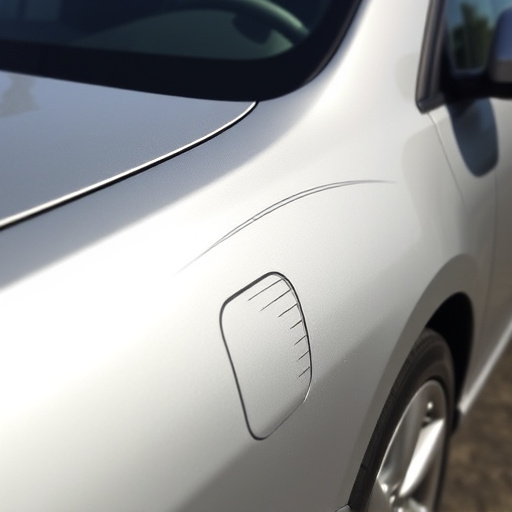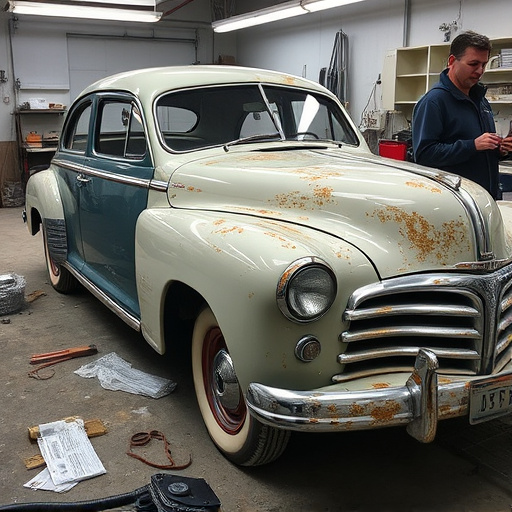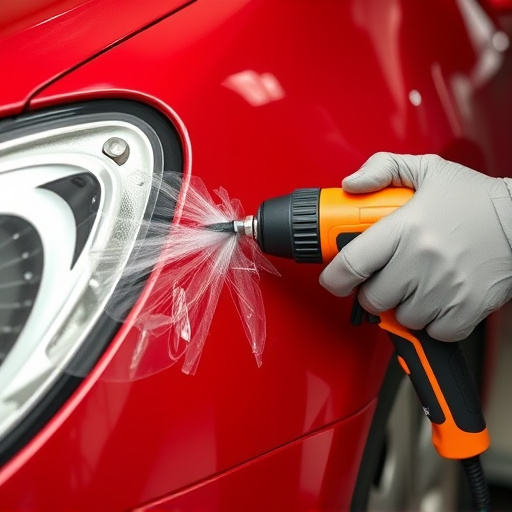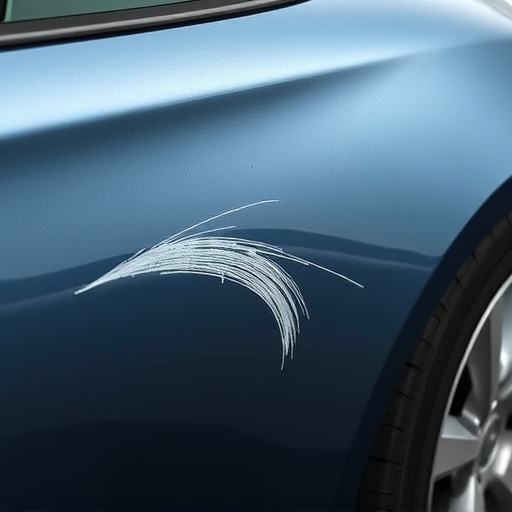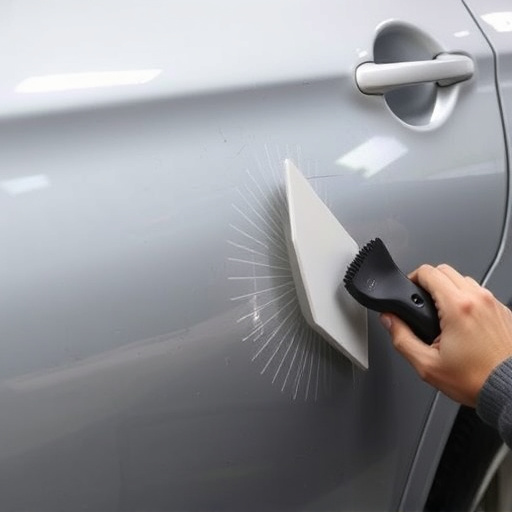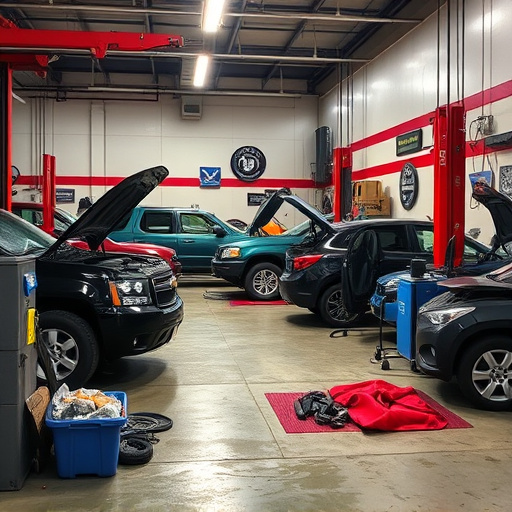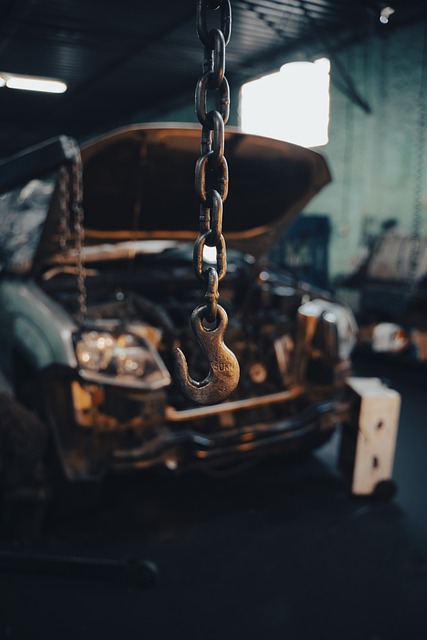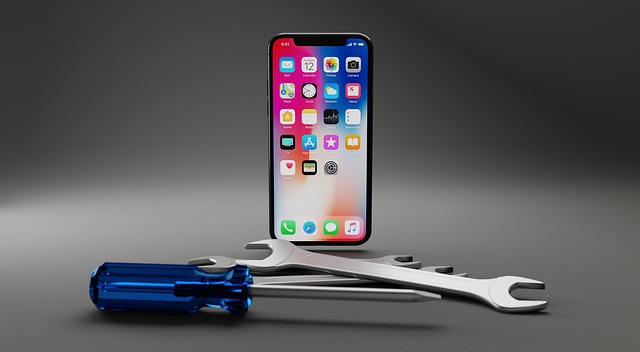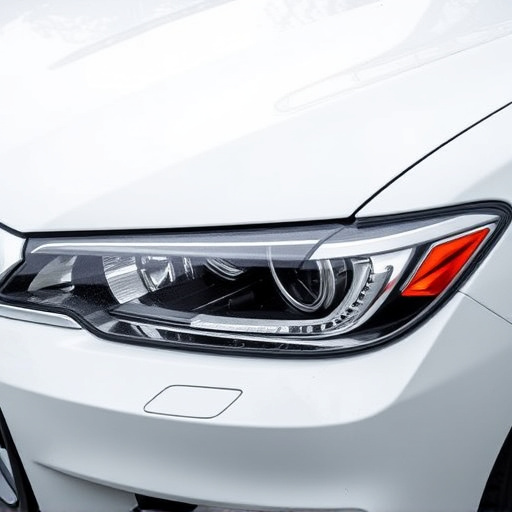In the early days, dent repair was a manual and time-consuming process using simple tools like hammers and chisels. The mid-20th century introduced specialized dent repair tools such as pliers, paddles, and guns, significantly enhancing efficiency and aesthetics in body shops. As technology progressed, these tools continued to evolve with advanced materials and designs, refining vehicle restoration to pre-accident conditions. This evolution reflects the industry's pursuit of efficiency and precision, transforming dent repair from a skilled but error-prone art to a highly effective and accessible service.
The evolution of dent repair tools reflects the broader advancements in automotive technology over the decades. From manual methods requiring skilled artisans to the modern era of precision instruments and advanced materials, dent repair has undergone a remarkable transformation. This article delves into the history of dent repair tools, tracing their journey from early hand-operated devices to mid-century innovations that streamlined the process, ultimately exploring the cutting-edge technologies shaping the industry today. By examining these advancements, we gain insights into how dent repair has adapted and will continue to evolve alongside automotive progress.
- Early dent repair methods: From manual tools to the birth of specialized equipment
- – Overview of traditional dent repair techniques before modern technology
- – Introduction of hand tools and their impact on the industry
Early dent repair methods: From manual tools to the birth of specialized equipment
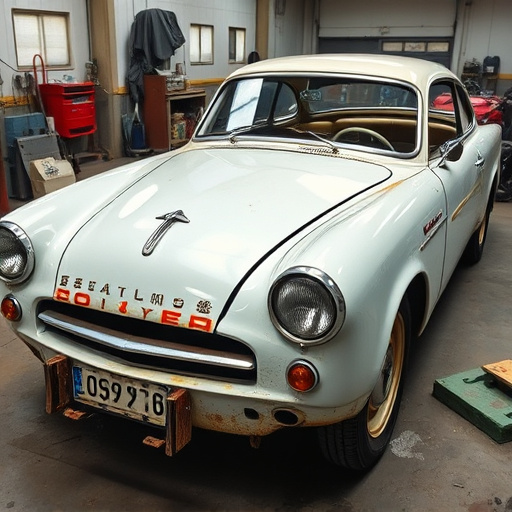
In the early days of automotive innovation, dent repair was a laborious and predominantly manual process. Before the advent of specialized equipment, technicians relied on simple tools like hammers, chisels, and files to shape and smooth out dents in vehicles. These methods, while effective, were time-consuming and often left visible marks if not executed meticulously. The birth of dedicated dent repair equipment marked a significant shift in the industry, revolutionizing how body shop services were delivered.
Specialized dent repair tools started emerging in the mid-20th century, designed to streamline and enhance the process. Pliers, paddles, and various types of guns became staples in body shops, enabling faster and more precise repairs. These innovations not only improved vehicle collision repair efficiency but also led to better aesthetics, minimizing the telltale signs of previous dents. As technology progressed, dent repair tools continued to evolve, incorporating advanced materials and designs that further refined the art of restoring vehicles to their pre-accident condition.
– Overview of traditional dent repair techniques before modern technology
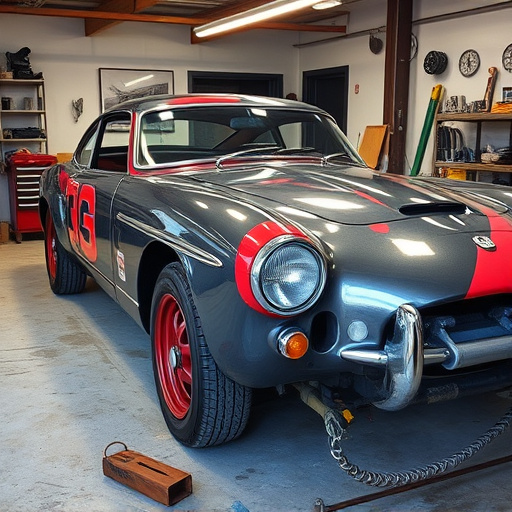
Before the advent of modern technology, dent repair techniques were largely manual and time-consuming. Skilled technicians in traditional vehicle body shops would use a variety of tools, such as hammers, picks, and putty knives, to shape metal and remove dents from car bodies. This process often required considerable expertise and patience, as even the slightest error could result in unsightly imperfections or structural damage. The art of dent repair was almost entirely dependent on the dexterity and experience of the technician, with little room for automation.
Car paint repair was a meticulous endeavor, involving the careful removal of damaged paint and surrounding areas to ensure a seamless finish during car body restoration. Traditional methods often left visible scars or discoloration, highlighting the need for advanced tools and techniques that could achieve more precise results. The evolution from these manual practices to modern dent repair tools has been transformative, marking a significant leap forward in the automotive industry’s quest for efficiency and quality in vehicle body shop operations.
– Introduction of hand tools and their impact on the industry
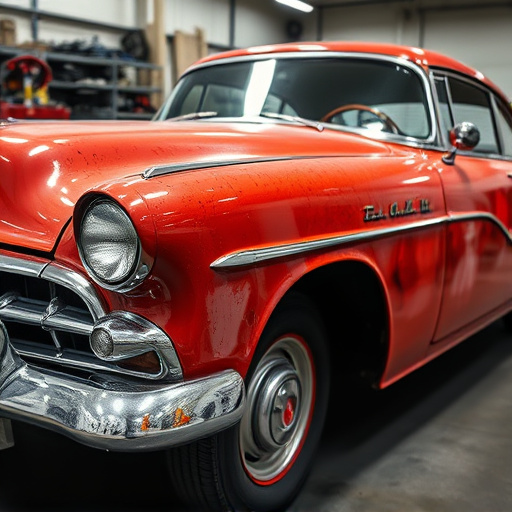
The evolution of dent repair tools has been a testament to the industry’s continuous pursuit of efficiency and precision in vehicle body repair. Hand tools, once the primary instruments for car body restoration, played a pivotal role in shaping the early stages of automotive repair. These manual devices, ranging from simple hammers and dolly sets to more intricate picks and scrapers, allowed technicians to meticulously shape metal and remove dents with remarkable dexterity.
The introduction of hand tools democratized dent repair, making it accessible to a wider range of practitioners. Their versatility and ease of use fostered innovation, leading to the development of specialized tools tailored for specific dent repair techniques. This era marked the beginning of a journey towards more advanced automotive repair methods, setting the stage for future technological breakthroughs in dent repair tools.
The evolution of dent repair tools reflects the broader technological advancements that have shaped industries worldwide. From rudimentary manual methods, the field has progressed significantly, embracing specialized equipment and innovative solutions. This journey highlights the industry’s adaptability to meet growing demands for faster, more efficient, and precision-driven dent repair. As technology continues to advance, we can expect further breakthroughs in dent repair tools, promising even quicker turnaround times, enhanced accuracy, and superior outcomes.
